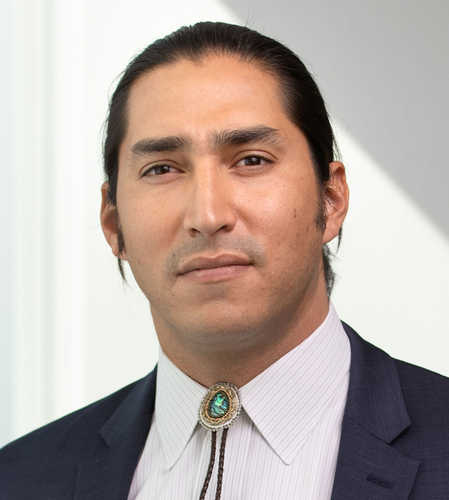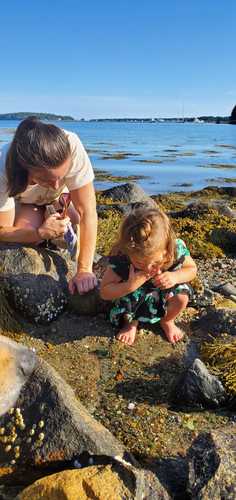Keywords: Indigenous
Item 1475
Penobscot moccasins, Bangor, 1834
Contributed by: Maine Historical Society
Date: circa 1834
Location: Bangor
Media: Leather, wool, cellulosic fiber fabric, silk, glass beads
This record contains 8 images.
Item 7505
Contributed by: Norridgewock Historical Society Date: circa 1800 Location: Norridgewock Media: Animal skin
Exhibit
Northern Threads: Penobscot mocassins
A themed exhibit vignette within "Northern Threads, Part I," about telling stories through Indigenous clothing, featuring an essay by Jennifer Sapiel Neptune (Penobscot.)
Exhibit
CODE RED: Climate, Justice & Natural History Collections
Explore topics around climate change by reuniting collections from one of the nation's earliest natural history museums, the Portland Society of Natural History. The exhibition focuses on how museums collect, and the role of humans in creating changes in society, climate, and biodiversity.
Site Page
"… War (1756–1763) ended the possibility of credible Indigenous military resistance to colonization. The Kennebec and Pejepscot Proprietors, like most…"
Site Page
"These acts incorporated settlers into existing Indigenous economic and social systems. In a similar deed, the Wabanaki leader Warrabitta, known also…"
Story
Epidemic of violence against Indigenous people
by Michael-Corey F. Hinton
Systemic racism, murder, and the danger of stereotypes
Story
Welimahskil: Sweet grass
by Suzanne Greenlaw
Weaving Indigenous Knowledge (IK) and western science around Sweetgrass
Lesson Plan
Grade Level: 6-8, 9-12, Postsecondary
Content Area: Science & Engineering, Social Studies
This lesson presents an overview of the history of the fur trade in Maine with a focus on the 17th and 18th centuries, on how fashion influenced that trade, and how that trade impacted Indigenous peoples and the environment.
Lesson Plan
Wabanaki Studies: Stewarding Natural Resources
Grade Level: 3-5
Content Area: Science & Engineering, Social Studies
This lesson plan will introduce elementary-grade students to the concepts and importance of Traditional Ecological Knowledge (TEK) and Indigenous Knowledge (IK), taught and understood through oral history to generations of Wabanaki people. Students will engage in discussions about how humans can be stewards of the local ecosystem, and how non-Native Maine citizens can listen to, learn from, and amplify the voices of Wabanaki neighbors to assist in the future of a sustainable environment. Students will learn about Wabanaki artists, teachers, and leaders from the past and present to help contextualize the concepts and ideas in this lesson, and learn about how Wabanaki youth are carrying tradition forward into the future.















